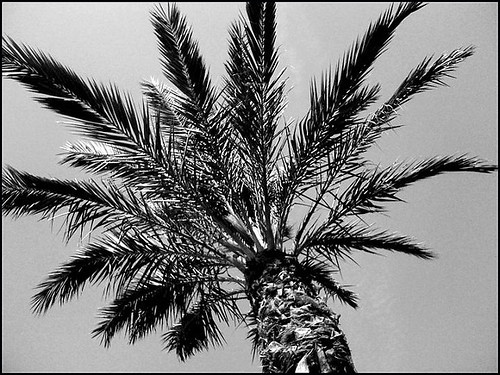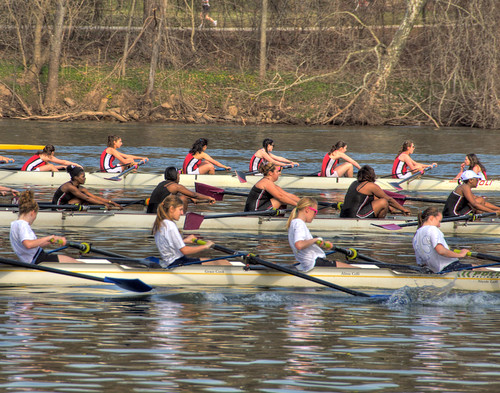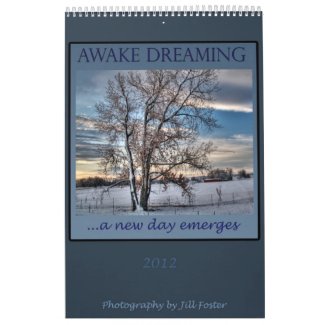Sometimes you find something nice, but don't have your camera with you. Most people have a camera in your phone these days, but then what to do with it? If you have an iPhone, it's easier and there are a number of apps that can help you to process the photo to fix it up a bit before using it or posting it. In this photo, I used "The Best Camera" app which has quick "fixes" with filters with cool names such as "Paris" that I used with this photo, "Jewel", "Candy", etc. To get more typical photo processing tools such as cropping, color and exposure adjustments, etc. I use "Photogene". Contrary to the hundreds of dollars you'll spend on Photoshop, these apps are <$5.
This photo is of a palm tree in Orlando that I took. I'm attending a conference and took a lunch time stroll outside. My first thought was "I wish I had a camera, the light is so wonderful" and then luckily I remembered the iPhone in my pocket.




